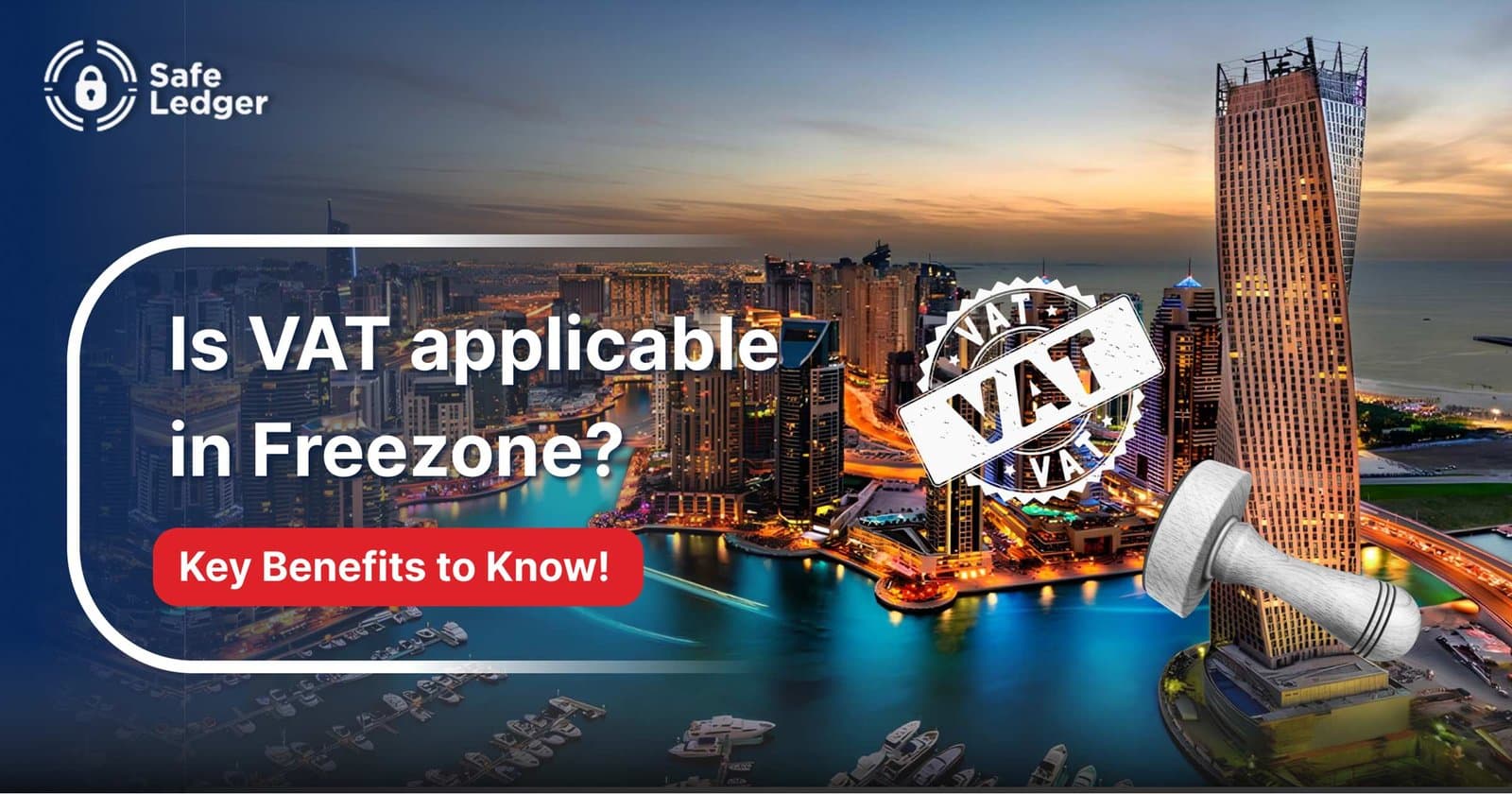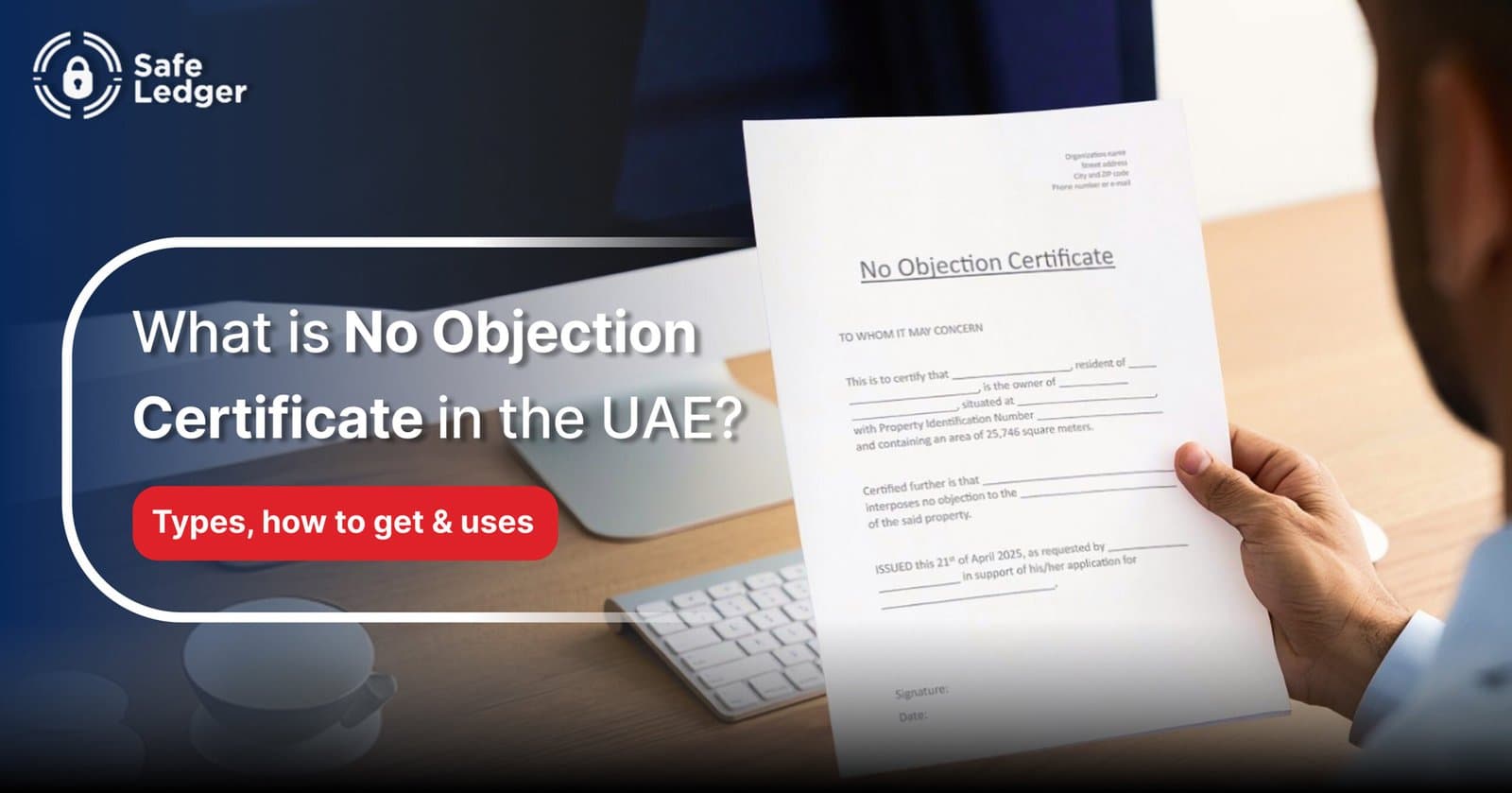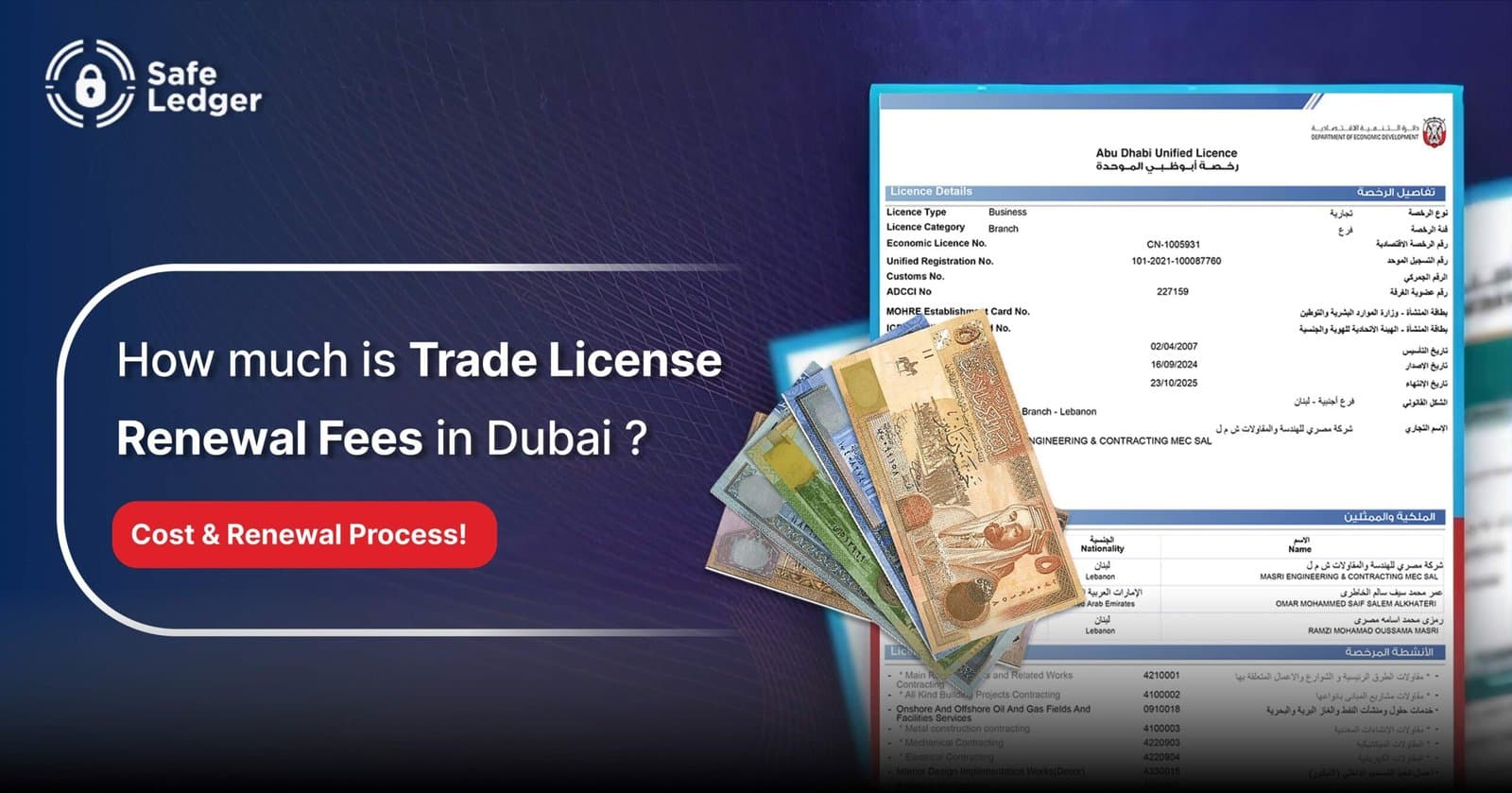The UAE introduced Value Added Tax (VAT) on January 1, 2018, to diversify government revenue and align with global tax standards. The Federal Tax Authority (FTA) administers VAT at a standard rate of 5% and ensures that businesses comply with the law. VAT covers most transactions across the UAE, including mainland companies and free zone businesses.
This raises a common question: “Does VAT apply to free zone operations?” The answer is yes, but VAT for free zone companies in the UAE follows specific rules. The tax treatment depends on whether the business supplies goods or services within the UAE mainland, inside the free zone, or internationally. Understanding these distinctions is essential to avoid penalties and ensure smooth operations.
VAT applies to most supplies of goods and services. Businesses collect VAT from customers on behalf of the government and reclaim VAT paid on business expenses. This system ensures that the tax ultimately falls on the end consumer, not the business. By following these rules carefully, free zone companies can remain fully compliant and avoid legal complications.
This guide clarifies the VAT in the free zone UAE landscape, offering a clear path to compliance and supporting a successful Freezone Business Setup in the UAE.
Why VAT in Free Zones Causes Confusion?
Free zones are economic areas that attract businesses with incentives such as:
- 100% foreign ownership
- Full profit repatriation
- Customs duty exemptions
These benefits often lead to the misconception that free zones are entirely exempt from taxes, including VAT. This assumption is incorrect.
VAT and corporate tax in UAE operate under separate systems:
- Corporate Tax: Free zone companies can enjoy a 0% tax rate on qualifying income, subject to certain conditions.
- VAT: Most free zone businesses must comply with VAT rules, unless specific exemptions apply in officially designated zones.
Therefore, setting up a business in a Dubai free zone requires a clear understanding of these distinct tax systems to ensure compliance and optimize operations.





